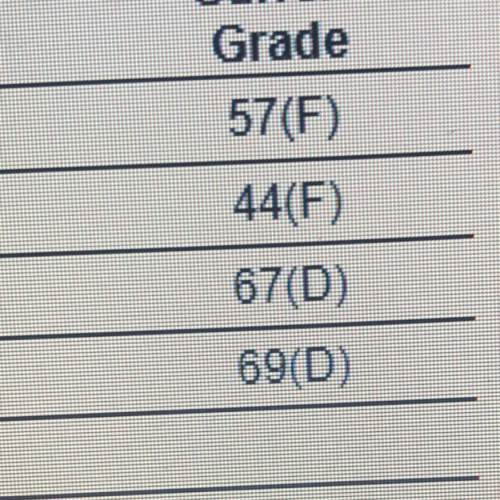
Mathematics, 31.03.2021 20:00 farh
Two transformations will be applied to triangle RST so that its final image is also located in Quadrant 1. The second transformation will be a reflection across the Y-axis. Which transformation could be the first transformation applied to triangle RST?
1. a rotation 90 degrees counterclockwise about the origin
2. a translation 6 units to the right
3. a reflection across the x-axis
4. a dilation by 1/2 about the origin

Answers: 2


Other questions on the subject: Mathematics

Mathematics, 21.06.2019 15:20, jake9919
The vertices of a rectangle are given in the columns of the matrix . if is found to perform a transformation, what are the coordinates of the transformed rectangle? (0, 0), (0, –3), (–3, –3), (–3, 0) (0, 0), (0, 3), (3, 3), (3, 0) (0, 0), (0, 3), (–3, –3), (–3, 0) (0, 0), (0, 3), (–3, 3), (–3, 0)
Answers: 1

Mathematics, 21.06.2019 21:30, TheSillyMichael1566
X/y + 4y/x divided by x/y - 2y/x explain as in depth as you can how you simplfied the fractions. i don't know where to start on this : /
Answers: 3

Mathematics, 21.06.2019 22:20, jadenicole908
Igure 1 and figure 2 are two congruent parallelograms drawn on a coordinate grid as shown below: 4 quadrant coordinate grid showing two parallelograms. figure 1 has vertices at negative 5, 2 and negative 3, 4 and negative 4, 7 and negative 6, 5. figure 2 has vertices at 5, negative 2 and 7, negative 4 and 6, negative 7 and 4, negative 5. which two transformations can map figure 1 onto figure 2? reflection across the y-axis, followed by reflection across x-axis reflection across the x-axis, followed by reflection across y-axis reflection across the x-axis, followed by translation 10 units right reflection across the y-axis, followed by translation 5 units down
Answers: 1

Mathematics, 22.06.2019 00:00, xXwolfieplayzXx
Aspacecraft can attain a stable orbit 300 kilometers above earth if it reaches a velocity of 7.7 kilometers per second. the formula for a rocket's maximum velocity v in kilometers per second is vequalsminus0.0098tplusc ln upper r, where t is the firing time in seconds, c is the velocity of the exhaust in kilometers per second, and r is the ratio of the mass of the rocket filled with fuel to the mass of the rocket without fuel. find the velocity of a spacecraft whose booster rocket has a mass ratio of 20, an exhaust velocity of 2.1 km/s, and a firing time of 15 s. can the spacecraft achieve a stable orbit 300 km above earth?
Answers: 3
You know the right answer?
Two transformations will be applied to triangle RST so that its final image is also located in Quadr...
Questions in other subjects:





Spanish, 10.10.2019 22:30



English, 10.10.2019 22:30

Mathematics, 10.10.2019 22:30





